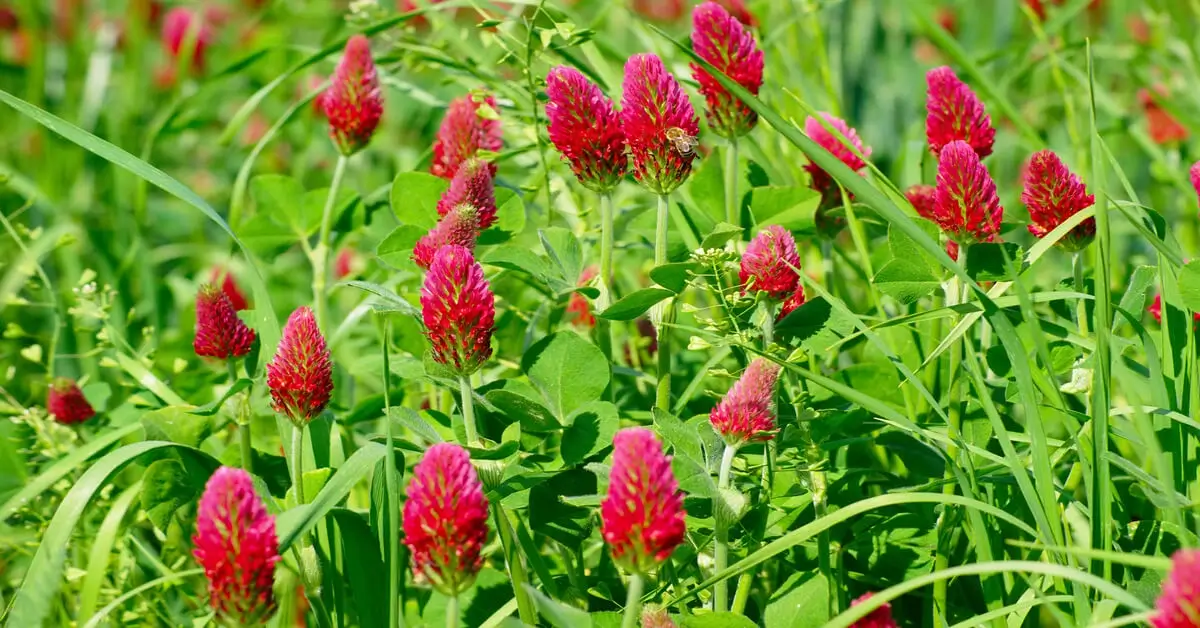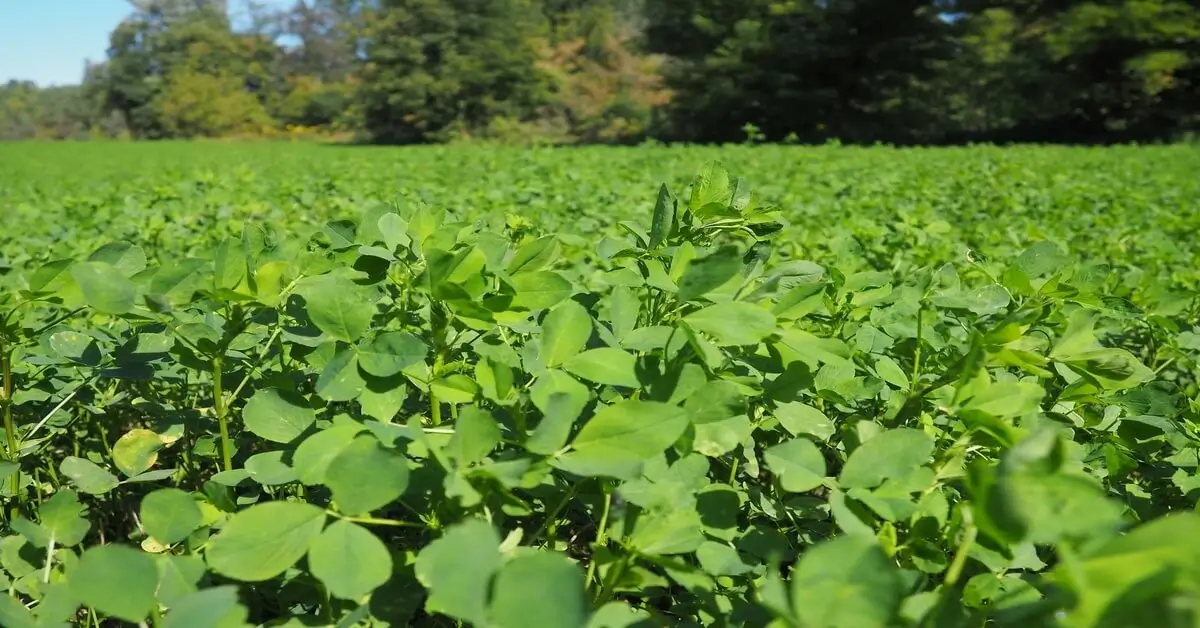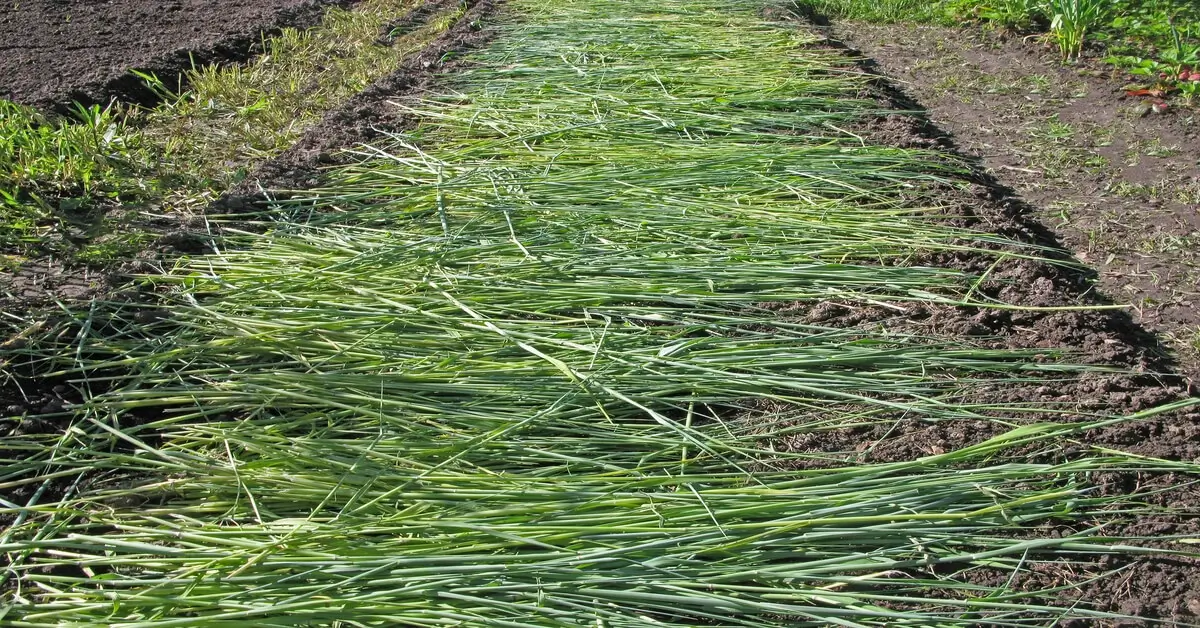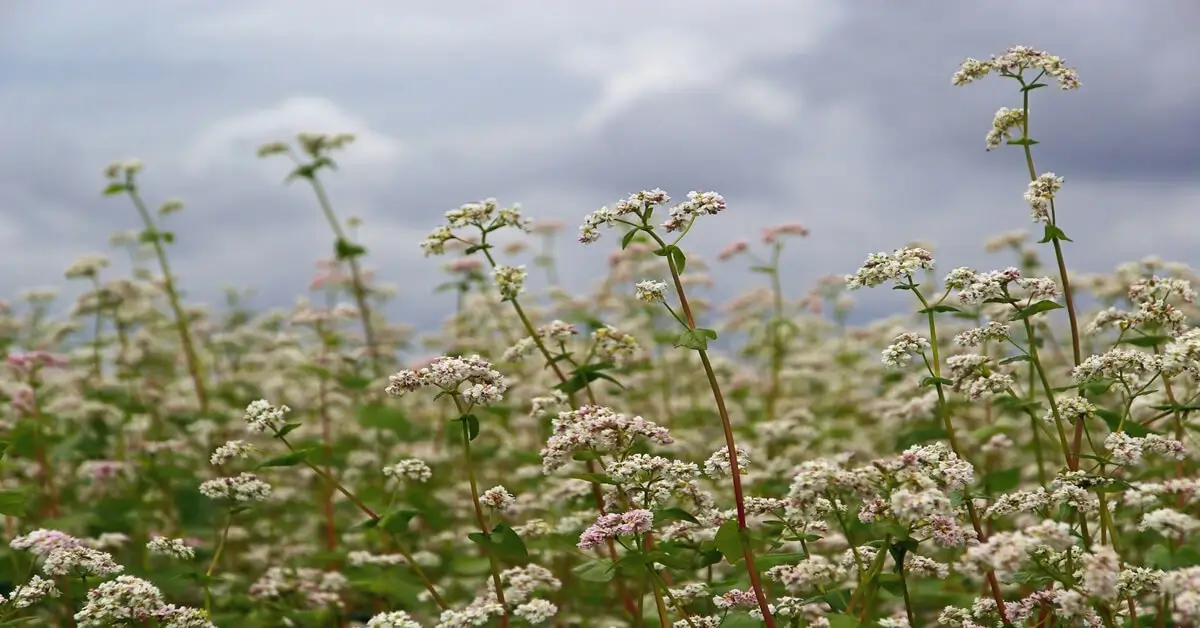Green manure is used in agriculture to describe specific crops grown and incorporated into the soil to improve its structure and fertility. These crops are often leguminous, meaning they can fix nitrogen from the air into the soil. Green manure serves multiple purposes: soil erosion control, weed suppression, and nutrient conservation.
Types of Green Manure Crops

Legume Green Manures
Legume green manures like clover, vetch, and other leguminous crops are excellent at fixing nitrogen from the atmosphere. These crops are often used in organic farming to enhance soil fertility.
Non-Legume Green Manures
Non-legume green manures include plants like rye, buckwheat, and brassica. While they don’t fix nitrogen, they are excellent for adding organic matter to the soil.
Advantages of Using Green Manure
Soil Fertility
One of the primary advantages of green manure is its ability to improve soil fertility. The decomposing plant matter adds essential nutrients to the soil, making it more fertile for the next crop.
Weed Suppression
Green manure crops can also act as smother crops, effectively suppressing the growth of weeds. This is particularly beneficial in organic farming, where chemical weed killers are not used.
Erosion Control
The root systems of green manure crops help in controlling soil erosion. They hold the soil together, preventing it from being washed away by rainwater.
Disadvantages to Consider
Time and Effort
Growing green manure crops requires time and effort. It’s crucial to factor this into your crop rotation plans.
Pests and Diseases
Some green manure crops can attract pests and diseases. It’s essential to choose crops resistant to the problems in your area.
How to Use Green Manure
Sowing the Seeds
To use green manure, start by sowing the seeds of your chosen crop. The sowing process is similar to any other crop and depends on your chosen plant.
Growing the Crop
Allow the green manure crop to grow until it’s still green, but before it starts to flower. This is the optimal time for it to be incorporated into the soil.
Incorporating into the Soil
Once the crop has grown to the desired stage, it’s time to till it into the soil. This process allows the green manure to decompose and release its nutrients.
Examples of Green Manure Crops
Clover

Clover is a popular legume green manure. It’s excellent for fixing nitrogen and improving soil structure.
Rye

Rye is a non-legume green manure that adds organic matter to the soil. It’s also suitable for controlling erosion.
Buckwheat

Buckwheat is fast-growing and excellent for suppressing weeds. It’s also suitable for breaking the life cycle of weed plants.
Green Manure in Sustainable Agriculture
In the context of sustainable agriculture, green manure plays a pivotal role. It reduces the need for synthetic fertilizers and promotes a more natural cycle of nutrient replenishment.
Conclusion
Understanding the role and benefits of green manure can significantly impact your farming success. Whether you’re into organic farming or looking for ways to improve soil fertility, green manure is an invaluable tool in your agricultural arsenal. Choose wisely, and your soil will thank you for it.

